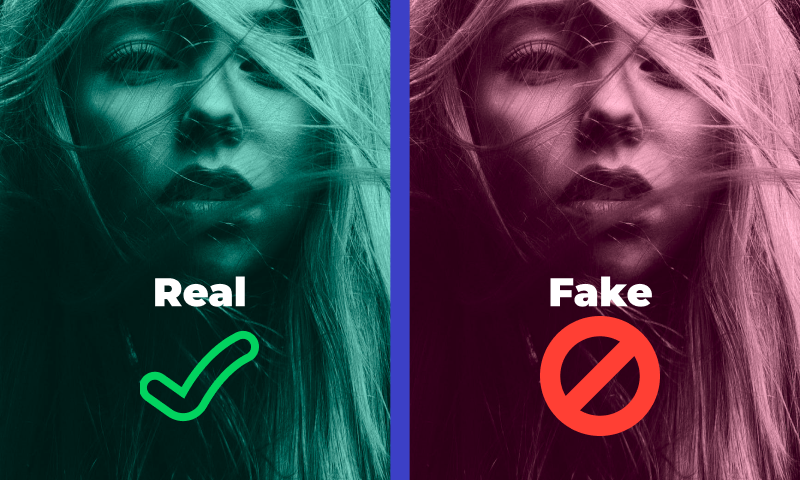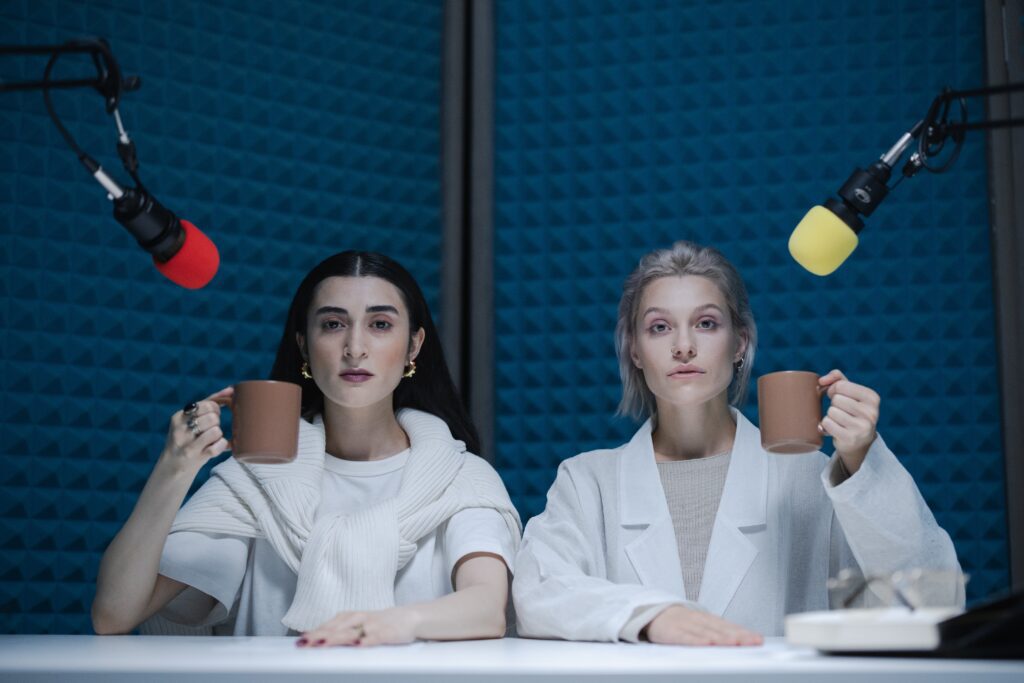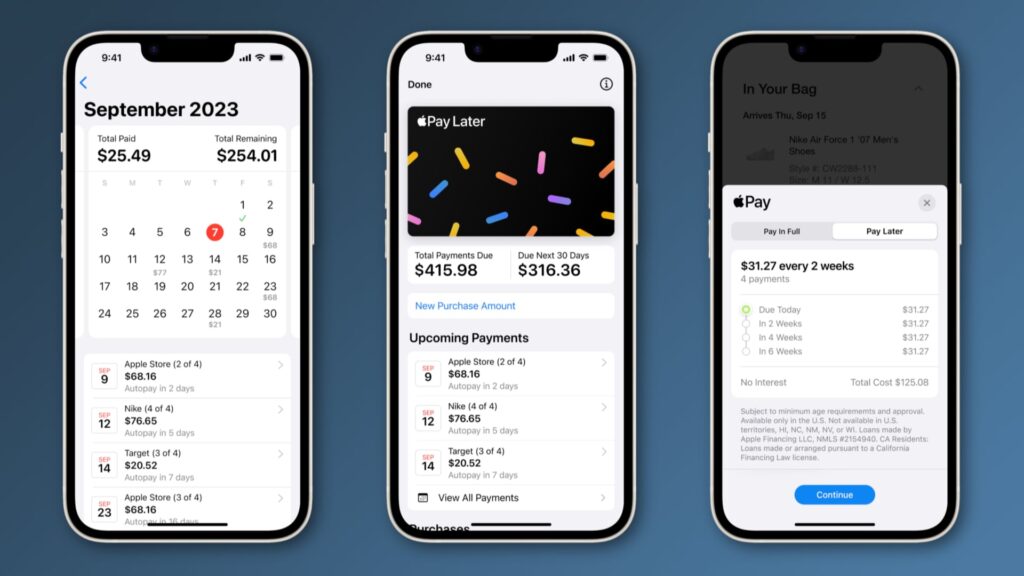The advancement of technology has brought forth a plethora of worries regarding its capabilities. Fake videos produced by AI have become an extraordinarily efficient and realistic means to spread misinformation. From deepfakes that swap one person’s face with another to AI-generated videos replicating actual events, the potential for video fabrication is ever-increasing and disquieting. With audio, text, and images being manipulated through AI algorithms, this threat continues to grow remarkably. We must be cognizant of the repercussions posed by these tools so we can safeguard ourselves from misuse.
Table of Contents
Introduction to AI-generated fake videos
The use of deepfake technology, created by AI and capable of realistically portraying someone’s face or voice without their knowledge or consent, has steadily increased over the last few years. This advancement in artificial intelligence (AI) brings many potential risks, as these videos can easily be misused to deceive people into believing false news stories and other types of misinformation. For instance, malicious actors might employ such videos to sway public opinion or influence an election result, blackmail individuals using fabricated evidence against them, etc. In 2018 we saw how easy it was for someone with access to this technology to manipulate reality when a convincing video featuring Facebook CEO Mark Zuckerberg speaking sinisterly went viral on social media before being removed due to its deceptive nature. This trend is growing more and more complex nowadays, making it more complicated than ever for regular viewers on platforms like Youtube or Twitter to distinguish between actual content and fake material produced through AI-generated images and audio clips. Given this situation, experts from cybersecurity and law enforcement have raised concerns about how far this technology may be abused if not adequately regulated by legislatures around the world.
How AI video technology works
Deepfakes, created with the help of Artificial Intelligence (AI), are becoming more and more realistic. This technology enables people to replace another person’s face with something else in a video, making it hard for regular viewers to differentiate between real and AI-generated clips. The process starts by gathering training data from both source and target images which then feeds into machine learning algorithms that map facial expressions, movements of the head or eyes, etc., creating an accurate clone of the target image on top of the source image. Depending on how advanced the algorithm is, this can take several hours to days. AI techniques come into play to produce a seamless transition between two images while retaining a natural look, blending them together into one clip that looks as if it was shot using traditional cameras or other recording gear. Deepfakes have opened up new opportunities and raised some ethical issues since they could be abused for spreading false information without consent.
The potential risks of AI video fakery
As technology advances, it is increasingly evident that AI-generated fake videos can be used to manipulate people into believing false information. A Stanford University study revealed that 80% of Americans could not distinguish between a real video and an AI-generated one. Deepfake technology has been misused for creating porn featuring prominent female figures and propagandist videos to discredit specific individuals or organizations. While some researchers are attempting to find ways to detect deepfakes, there is currently no reliable method available – leaving us exposed to those who would exploit this type of content for their own benefit. The possibility of what could happen with the release of this tech into the world raises serious concerns about our ability to verify its authenticity.
Legal and ethical implications of fake videos
The ethical and legal implications of AI-generated fake videos are intricate; however, they can be summarised by one fundamental truth: the right to privacy is being infringed upon. As these clips become more lifelike, it becomes harder for people to identify what’s real and what has been fabricated. This implies that individuals’ rights to confidentiality may be violated without them knowing or approving it.
Moreover, there are other potentially detrimental effects of such videos generated by artificial intelligence technology. For example, this tech could be used for nefarious purposes like defamation or political interference through creating false news articles or fabricating evidence of misconduct against a particular individual or organization.
Additionally, AI-generated fake videos can result in an overall decrease in trust towards digital media services and platforms, which depend on user engagement and faithfulness to function correctly – leading to negative financial impacts if users start getting suspicious about its veracity when engaging with the content provided by these companies.
Finally, since artificial intelligence technology is still relatively new and evolving rapidly, its potential applications have yet to be fully understood – making it difficult for regulators and decision-makers alike to address any existing, legitimate issues connected with using this tech in producing counterfeit films now or later on. Therefore effective measures might not exist for punishing those responsible if any harm arises from the misuse of these technologies – leaving users without options when seeking retribution against perpetrators.
Impacts on Media & Politics
The growth of AI-generated fake videos significantly affects media and politics, with President Trump’s campaign utilizing one such video in 2020. Deepfakes are another form of AI-generated content that can be used to construct false narratives during elections. This technology is becoming increasingly advanced and accessible, making it difficult for the public to distinguish real news stories from those created using an artificial intelligence software. Additionally, this type of technology has implications for education as simulated lectures led by algorithms could decrease educational quality due to students being taught by machines instead of qualified instructors. Fake news stories made using artificial intelligence also circulate quickly on social media platforms like Facebook or Twitter without any vetting process from reliable sources, which could result in inaccurate information reaching vast audiences across the globe via digital channels such as blogs or newspaper websites.
Solutions to combat fake video threats
As Deepfakes become increasingly intricate and viable, there is an ever-growing concern that malicious actors may use them for nefarious purposes. Several solutions have been proposed to address this, such as using AI algorithms to detect any manipulation in videos or digital fingerprints embedded into them with blockchain technology. Additionally, crowdsourcing projects like Facebook’s Deepfake Detection Challenge are being utilized to effectively identify deepfakes with the human review before they can spread online. Finally, governments could regulate access to AI technologies related to deepfake detection so it can avoid falling into the wrong hands. All these measures allow us to combat the risk posed by fake videos generated using Artificial Intelligence technology.
Conclusion: Why we should be worried about AI-generated fake videos
The use of AI-generated fake videos is a rising issue that should not be taken lightly. Such videos created with Artificial Intelligence technology and deep learning algorithms are becoming increasingly accurate and believable, making it difficult to differentiate between fact and fiction. The potential for misuse by malicious actors aiming to spread false information or influence public opinion could have devastating effects on democracy and the news cycle. Additionally, stock prices could be manipulated by circulating inaccurate details, while fraudsters may utilize these technologies in identity theft or money laundering operations. Furthermore, nation-states involved in cyberwarfare campaigns or terrorist groups seeking to send propaganda messages can take advantage of AI-generated fake videos without being detected by security forces monitoring their activities online. Therefore, we must act swiftly before this problem spirals out of control – otherwise, we risk living in an environment where distinguishing between factual and fabricated content is impossible, which would have grave repercussions on all levels of society.
Conclusion
In closing, we must be mindful of the mounting issues with AI-created counterfeit visuals that increasingly look more genuine. These videos can harm public opinion, diffusing false information and ruining people’s reputations or livelihoods. As AI technology advances, governments and organizations need to establish regulations and guidelines to keep these types of videos in check while allowing room for innovation within this sector.
Are you seeking reliable, timely information? Then our service is perfect for you! Subscribing will give you access to the most recent updates concerning anything of interest. We’re constantly refreshing our content so that nothing important slips past. You’ll also receive exclusive offers and discounts – sign up now and be part of a community that values knowledge! Don’t wait – subscribe today and stay one step ahead.


